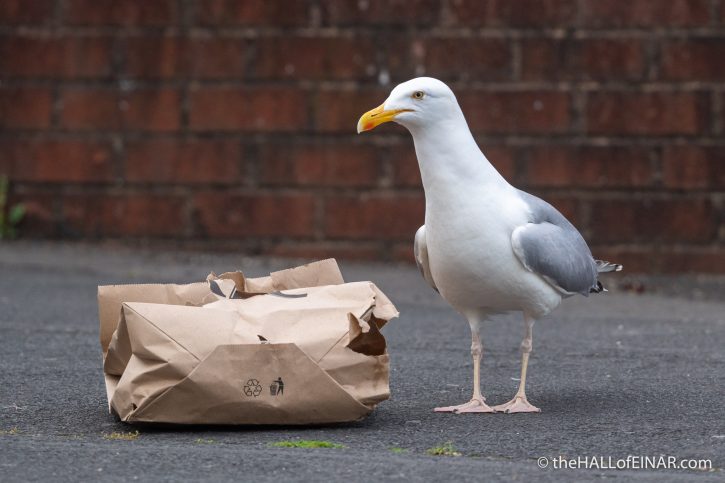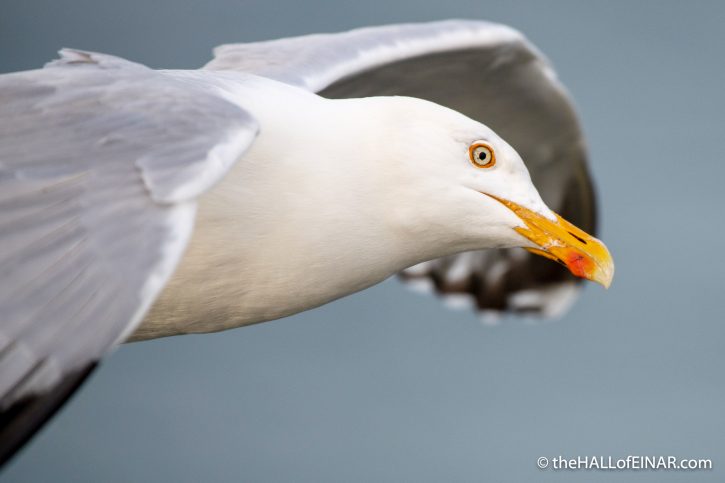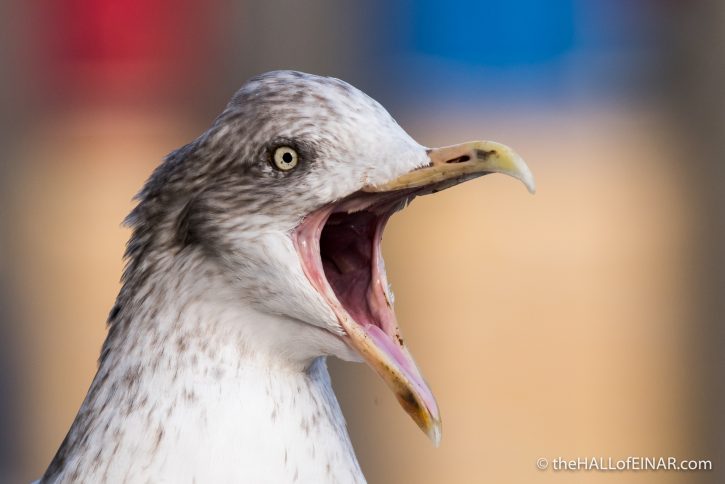There’s no such thing as a seagull
Herring Gulls are one of our most familiar birds. They are the ‘seagull’ of a thousand stories and even more stolen seaside chips. Their lives, however, are far more interesting than the familiar picture of a noisy coastal resident. Herring Gulls are named after their habit of following herring fishing fleets and eating the discarded fish. That is just one example of them being opportunistic omnivores, and they have survived and flourished because of their dietary adaptability. They are skilful scavengers and pirates. They will eat almost anything, including roadkill, seeds, fruit, young birds, eggs, small mammals, insects and yes, even fish. Their diet means they gather in great numbers on landfill sites and eat the food which we waste. They are intelligent, problem-solving birds, so will also empty waste bins, open bags and feast upon left-over take-aways. Their stomachs are far more acidic than ours which allows them to eat food which would make us seriously ill.

Their adaptability means they have moved from nesting on coastal crags and cliffs to nesting on chimneys. They first nested on houses 100 years ago in the 1920s in the South West, and were so successful the habit spread and they have done it ever since. Herring Gulls typically live for twelve years and first breed when they are four. If you look carefully, adult Herring Gulls all have a small red spot on the lower part of their yellow bill. This is a target which their chicks have evolved to peck at automatically when they beg to be fed.

Herring Gulls are found around freshwater lakes and rivers and landfill sites as well as sea coasts, leading to birders saying, “There’s no such thing as a seagull”. Surprisingly, Herring Gulls are on the red list of conservation concern because of their decline on sea coasts. Overfishing and marine pollution threaten their traditional habitat. We may need to learn to love our noisy neighbours as they learn to depend on us.
